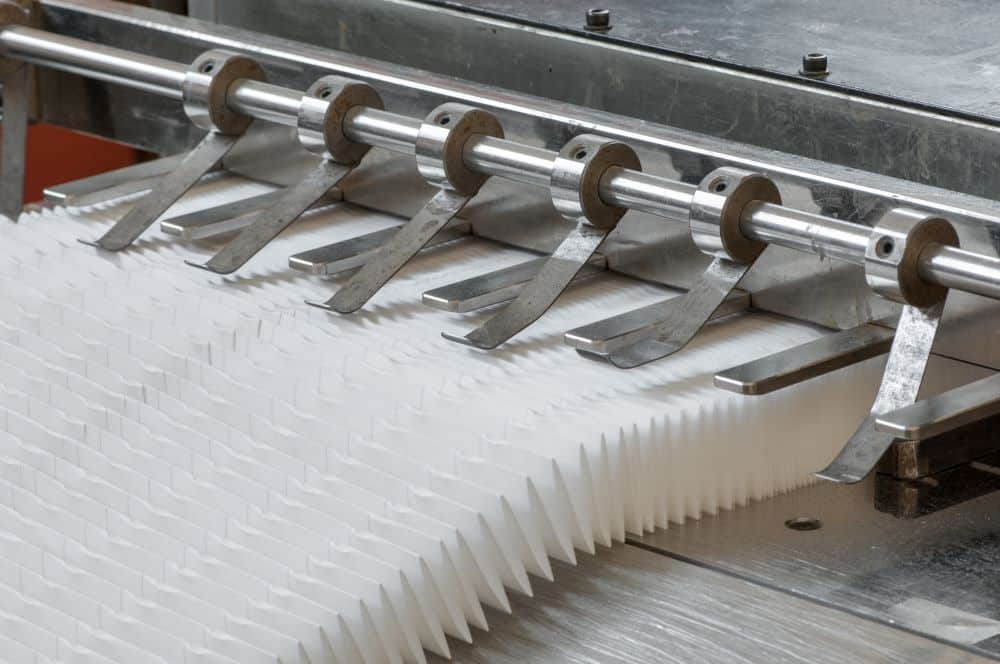In the realm of industrial filtration, the role of filter cloths and screens is pivotal, yet the challenges they face with unexpectedly high flow rates of fine powder can lead to rapid blockages. This often results in an increase in pressure drop across the filter, impacting overall efficiency. The selection and sizing of filter cloths are critical, and the sample material provided to a filter manufacturer may differ significantly from what the plant filter needs to handle.
The seal around the edge of a filter cloth is of utmost importance, especially in applications like a conventional filter press where the cloth acts as a gasket. Achieving permeability in one area and impermeability in another demands careful consideration. Natural fibers excel in providing a good seal due to their softness, absorbent nature, and deformability. On the other hand, synthetic fibers, particularly monofilaments, pose challenges in creating a reliable seal. Impregnation with impervious elastomers like neoprene or nitrile rubber becomes a viable solution.
It recognizes the complexity of filter cloth dynamics and emphasizes the importance of effective seals for optimum filtration performance. The article also highlights how fabric filters, in the form of tubes or long bags, play a crucial role in removing trace metal particulates from exhaust gases. The selection of bag material, considering factors like temperature, moisture content, and acidity or alkalinity, becomes essential for efficient operation.
Explore the expertise of Great Lakes Filters in navigating the intricacies of filter cloth in industrial filtration, ensuring effective and reliable filtration solutions.
Click here to discover Great Lakes Filters’ capabilities in industrial filtration.
Photo and article with all rights reserved, courtesy of sciencedirect.com










